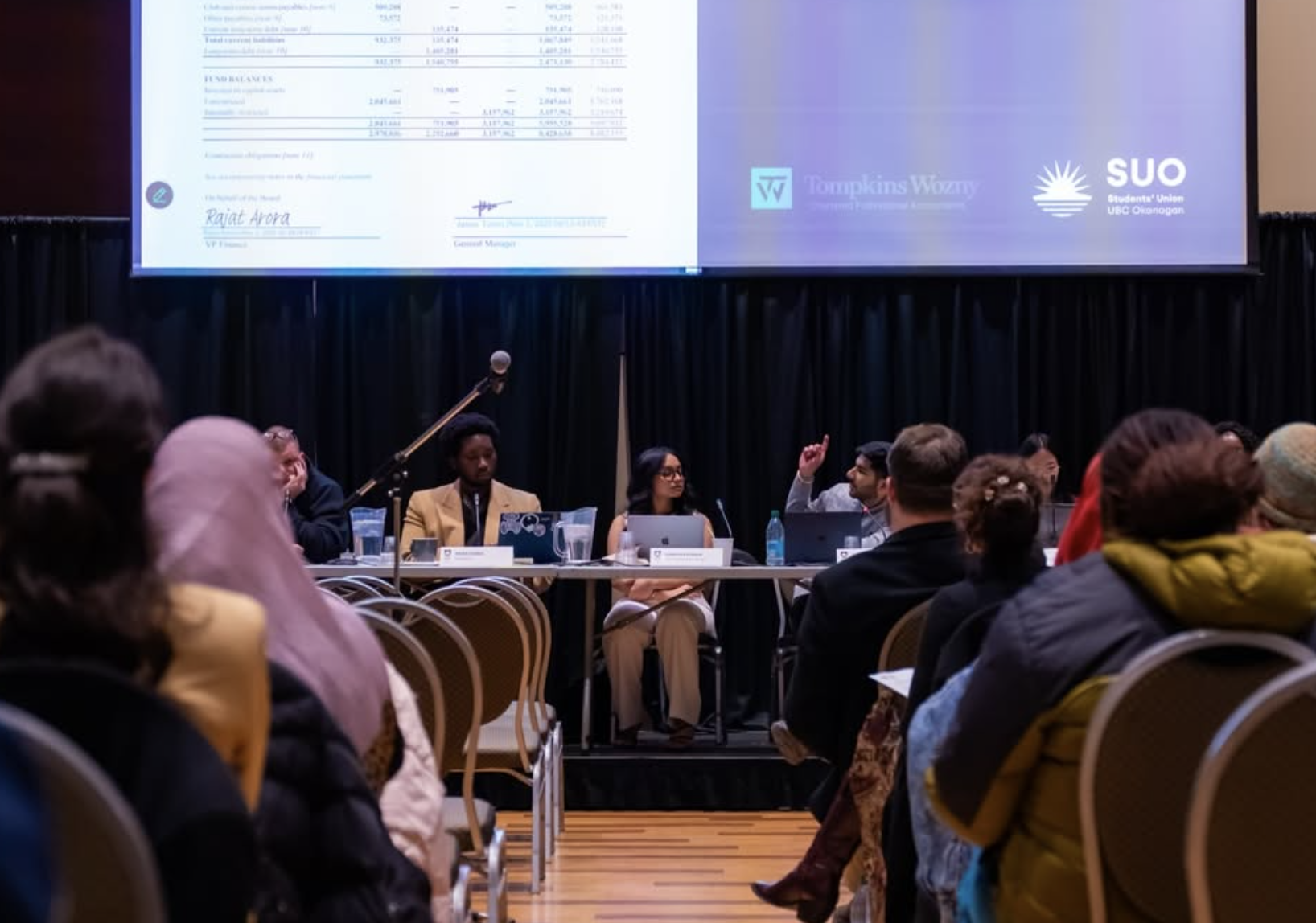
This article is an attack on current city planning and rebuilding. It is also, mostly, a complaint of the systemic flaws inherent within the design of suburbia in a format meant to inform the uninformed student. To be straight to the point, under no circumstances is it necessary to suffer the fate of hours-long commutes and insufficient transit simply because "it is what it is." It is this article's intent to change the common perspective on this topic, and to open discussion on what alternatives there are. To rephrase what I mean, if you walk for ten minutes from your home, will you find all that you need within that short walk's distance? Or do you find yourself only deeper in the labyrinth, surrounded by still more soulless suburban housing?
Picture a city like any other. At its core is the "downtown" which holds the usual affair; office buildings, apartment complexes, chain retail stores, and fast-food restaurants. If this is the "heart" of a city, then the pool which envelops the downtown would be the "suburbs," occupied by copy-pasted "tract housing" and hollowed-out strip malls. These two sections of land are connected by the omnipresent "highway," grand four-to-twelve-laned roads leading into the city, pumping cars and oversized pickup trucks between the downtown and suburbs for work, play, etc. Through this system, theoretically, the middle-class shall settle into the suburbs, and traverse the highways to go wherever they please, while those poor denizens of the "inner-city" will slowly work their way up to that great final destination of living in a middle-class prosperous-enough suburban lifestyle. Our own Kelowna is no different from this imagined city, where transit is scarce, and cars are vital.
To understand why, consider the effect of this rationale on Quail Ridge. Many students of UBC Okanagan live there by rent or by family, though they must often get around town via transit or by making use of the sidewalk. This is a fair expectation of any student, but anyone who lives in Quail Ridge can tell you that their commute is extended by as much as 20 minutes simply to walk to the closest bus station. Thanks to the winding rows of suburban sprawl's cookie-cutter Tract Housing, the only way to effectively maneuver in or out of Quail is to have a car. This is the case for a vast majority of housing in Kelowna, and Canada at-large: work is several hours away, reachable only through driving for hours on end — which brings this article to its next point.
Having campaigned for Student Union, I’mthis author is aware that the main concern of any student with a car is the question of where to park it. A common complaint levied at the management of UBCO is that there is not enough parking, and that the clear solution that the university refuses to acknowledge is to bulldoze more greenspace to provide more room for parked cars. It goes without saying that this request is a rational one to ask of the university within the thought process offered to us by the status quo — but by no means do you need to accept that thought process.
It is not "good" to be unable to go to work unless you have a car. The status-quo of spending an eighth of your day on a highway is not something you need to be okay with. Kelowna does not have sufficient transit, and you are certainly aware of that if you’ve lived anywhere in Kelowna’s suburbs. More to the point, it doesn’t need to be like this, and there are feasible solutions. The average person does not need to own a car when you live within walking distance of your work, where you buy and eat your food, where your friends and close relations live, and places to keep yourself from getting bored. That’s the case for the vast majority of students who live on-campus, and should UBCO take it upon itself to build more housing than parking lots, that can be the case for the countless students still to come.
[If you can do some kind of special line-break here for the final paragraph I’d love that, but I get it if not]
The intent of this article is to make the reader reconsider the boundaries which define their life. Occasionally, as members of a democratic society, we are given the opportunity to vote for or against certain measures. This happens often within the confines of UBCO’s various referenda; that is, do we vote for or against the expansion of housing, parking, etc.? UBCO does need more parking given its current system, but it would be just as easy to build more housing and circumvent the problems within this system. As such, this writer advises that when prompted with the choice of getting a bandage or stitches for a societal ill, pick the stitches. It will certainly hurt, and in reflection the bandage will always seem faster, but there is no half-measure solution to a full-borne problem.



